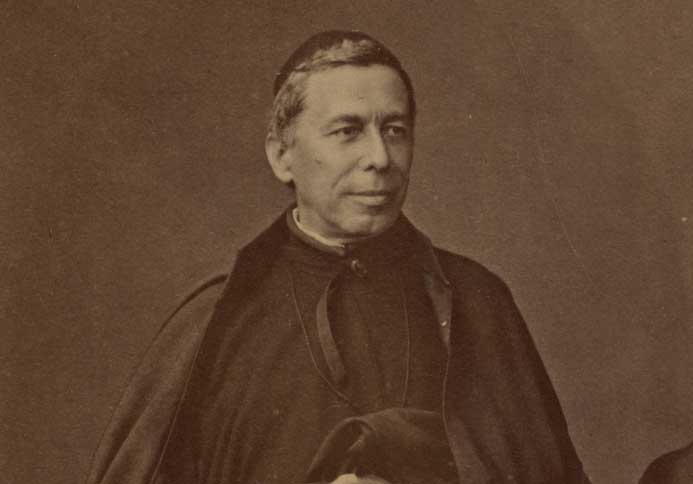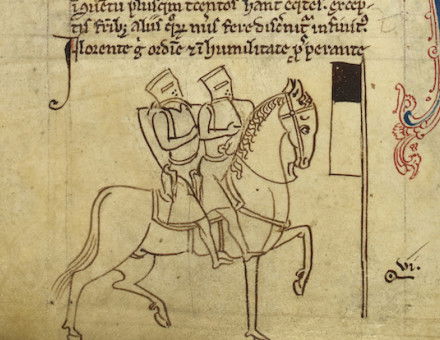The Invention of the ‘Secchi depth’
Father Secchi demonstrated his water quality disk to the pope on 20 April 1865.

The Jesuit astronomer Father Pietro Angelo Secchi was welcomed aboard the pope’s steam yacht, the 178-ft Immacolata Concezione, on this day. The ship represented the last commission into the Papal Navy, a body founded in the ninth century with battle honours that included Lepanto. By the 1860s, however, following the unification of Italy, Pius IX found himself landlocked and his navy nearing the end of its useful life. The Immacolata Concezione, although armed, had really been built to transport Pius on a planned, but never fulfilled, pilgrimage to the Holy Land and had, since then, been mainly involved in the suppression of piracy.





